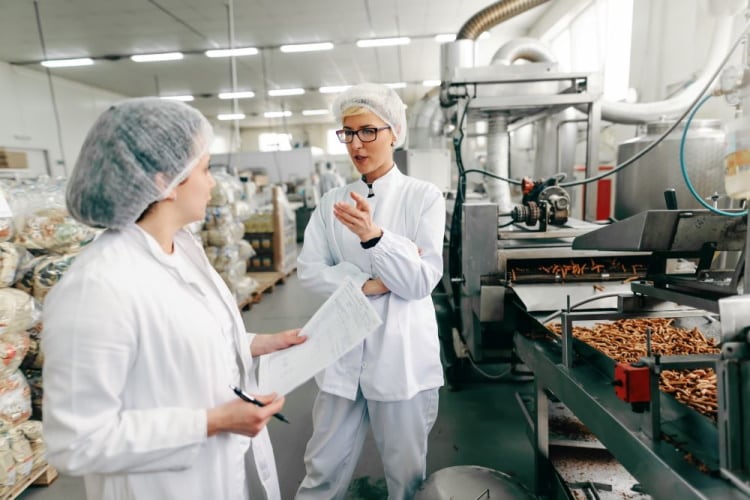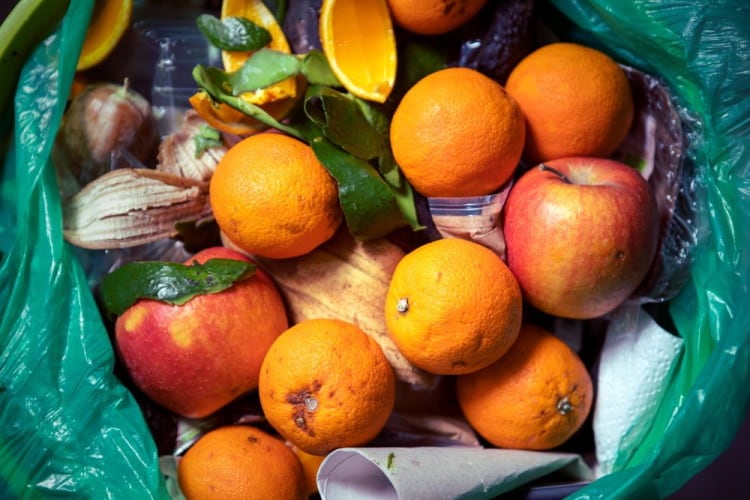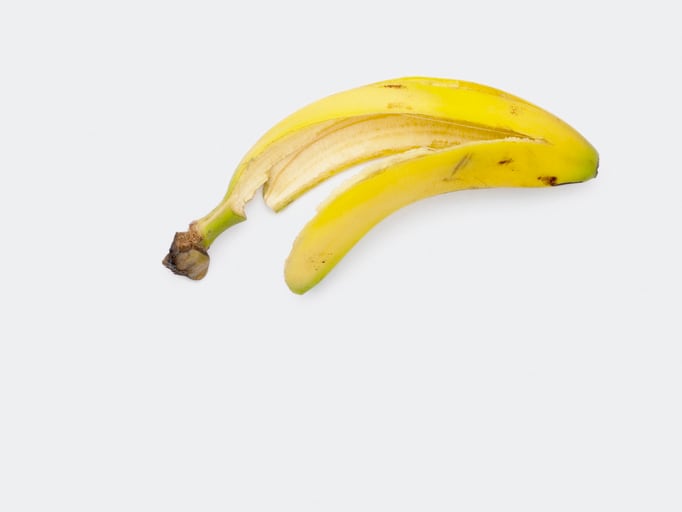AINIA and Productos Lácteos Romar have entered into an industry research collaboration to improve the value of agricultural by-products. The new project will see the duo valorise agricultural by-products to collect ingredients with improved technological and nutritional properties.
After obtaining citrus, kaki and watermelon waste, the joint project’s researchers will strive to transform these into valuable ingredients for food products, including dairy desserts, jellies, snacks and toppings.
Listening and responding to food scarcity pressures
The world population is expected to increase from today’s figure of seven billion to over nine billion in 2050, the Organisation for Economic Co-operation and Development (OECD) reports. As such, a growing population is likely to increase the pressures put on natural resources that supply energy and food, the OECD continues.
The research duo at the forefront of this new project recognised the globe’s growing population and the impact of these pressures. “The food supply chain is under pressure due to limited resources, water scarcity, soil degradation and the impact of climate change,” explained Mariana Valverde Belda, Product and Processes Technologies Department at AINIA, speaking to Food Navigator on the inspiration behind the new project.
In addition, estimates show that one-third of the food produced globally is lost or wasted. “Therefore, the need to strengthen the food system, from production to consumption, to increase food production in a sustainable way while reducing food waste in the supply chain and limiting the environmental impact becomes necessary,” added Valverde Belda.
Improving food properties
In today’s food industry, there is a close relationship between consumers’ diets and health. The research duo saw that a healthy diet could prevent the onset of many diseases, such as certain heart diseases, diabetes, or even cancer, Valverde Belda shared. “For this reason, it is important to improve the nutritional and healthy value of food,” Valverde Belda commented.
Centring efforts on nutrition makes it necessary, AINIA stated, to know the nutritional and health quality of the starting raw materials and to design production processes that preserve as many of these properties as possible in the final product.
Manufacturers use different ingredients with technological capabilities to achieve organoleptic properties such as texture, viscosity, palatability, unctuousness, stability, creaminess and gelling of certain food products, including dairy desserts or gummies. Starches, carrageenan, gums, sugars and gelatins are examples of these technological capabilities.
The duo found it interesting to consider the appeal of substituting some of these previous stabilising and texturizing ingredients by adding more natural options. As a result, the researchers proposed using pectins as they offer more naturalness yet contain the same technological properties. These pectins could be obtained during the recovery of the agricultural by-products.
“We achieve the use of more natural ingredients with the same technological properties as the ingredients they substitute,” said Valverde Belda. In the case of gummies, the researchers may lightly reduce the use of sugar and gelatin, with the latter coming from an animal source.

Focusing on health and nutrition
Using agricultural by-products to create nutritional and functional products is a key focus of the new project. “We also need to focus on increasing the nutritional and functional quality of the produced food and on meeting the needs of consumers, who are increasingly seeking more natural products with a positive impact on their health,” relayed Valverde Belda.
In this sense, the researchers state that the VALUÓS project promotes research aimed at the development of healthier products, implementing circular economy policies focusing on the search for alternative sources of ingredients with commercial interest. To achieve this aim, the researchers chose by-products that are generated at high volumes annually, which come from agricultural crops and are good sources of fibre.
Landing on fruit by-products
AINIA and Postres Lácteos Romar used citrus, kaki and watermelon waste as agricultural by-products. The researchers selected these fruits due to the different crops’ seasonal production patterns.
As these crops are produced at different times of the year, the research duo’s recovery strategy can be carried out continuously during the project and cover the entire annual calendar. The researchers also recognised that these crops have high annual production rates and are important crops from the Valencian Community.
In addition, citrus, persimmon or watermelon by-products are interesting sources of carbohydrates, namely pectin, fibre and bioactive molecules, that garner interest in the food industry, Valverde Belda said.
To improve the value of the by-products, the researchers will undertake extractive processes under different conditions. These processes are being assessed and focus on improving the technological properties of the targeted pectins. During the project, the researchers have suggested a circular economy policy to avoid the waste of any by-product that may be generated during the pectin extraction.
Meeting consumer expectations
AINIA and Postres Lácteos Roma note that the rise of alternative diets, such as vegetarian, vegan and flexitarian diets, is “forcing the industry to develop new foods from plant sources”, said Valverde Belda.
Therefore, significant effort is needed to develop new plant-based ingredients with interesting techno-functional properties such as gelling capacity, emulsion capacity, foaming capacity and solubility. “These foods must be comparable to the ones coming from animal sources in terms of nutritional and technological properties,” said Valverde Belda.
On the other hand, consumers are increasingly concerned about following a healthy and beneficial diet, AINIA states. More and more consumers are also looking for a balance between their diet and habits, which helps them achieve a strong immune system resistant to infections and viruses.
Finding ways to use fruit by-products such as citrus, watermelon and kaki and transform them into functional and valuable ingredients that offer nutritional benefits to consumers is highly sought after in today’s food sector.




